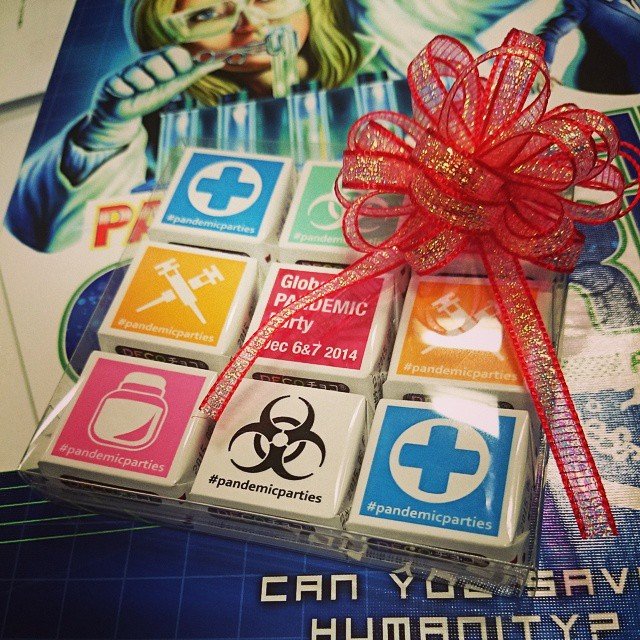This May, the second Village Boardgame Convention will be held in Uganda. It’s hard to believe it’s been nearly a year since their first convention was held.
If you’re not familiar with it, the initiative is part of a UK charity (CYEN) which trains teenagers to be social entrepreneurs. It’s a remarkable program that uses board games to teach about the outside world, build confidence, help with memory, planning, creative problem solving, teamwork, as well as many other skills.
They’re looking to raise £1,000 to kick off this year’s program. And each additional £500 will help them expand to the program to additional villages.
Similar to last year, I’ll be raffling off prizes (see below) to two lucky people who make a donation. It's a great way to help people, spread the love of boardgames, and who knows, maybe you'll pick up a prize package.
Prizes!
I’ll randomly select two winners from commenters who have made a donation on
3 May 2018 at 12:00pm PDT. Each winner will be able to select one package below.
The Forbidden Package
Forbidden Island +
Forbidden Desert +
Forbidden Sky (available this Summer)
Pandemic Legacy of Your Choice
Pandemic Legacy: Season 1 OR
Pandemic Legacy: Season 2 (your choice)
plus an extra, secret “Box 9”
Complete Thunderbirds Package
Thunderbirds +
Tracy Island Expansion +
Above and Beyond Expansion+
The Hood Expansion
For What Ails You Package
Pandemic: The Cure +
Pandemic: The Cure Experimental Meds
Pandemic Survival Bundle
Pandemic Iberia +
Pandemic: Rising Tide +
Pandemic: TBD (available in Q4, 2018)
I'll also cover shipping anywhere in the world and am happy sign or dedicate any of the above games should you happen to win.
Participate!
- Make a donation! Go to https://www.crowdfunder.co.uk/uganda-village-board-game-convention. There you can read about the program and make a donation.
- Leave a comment below to serve as your entry.
If you have any questions, feel free to leave a comment or contact me directly.
Update: Crowdfunder a Success and Winners Announced!
Thanks to everyone who helped make the event a reality. The organizers raised over £4,000 pounds (4 times their initial target) and the convention will be held later this May.
And congratulations to Kevin Rolph and Francinette Myth! Please get in touch with me so we can arrange delivery of your prize.
Thanks!







































